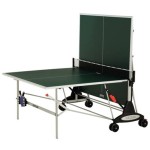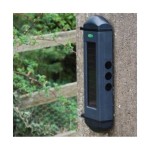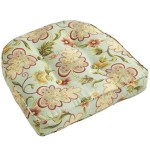Plentiful Polka Dots: A Comprehensive Guide to Growing Polka Dot Plants Outdoors
Polka dot plants, scientifically known as Hypoestes phyllostachya, are captivating foliage plants that bring a touch of tropical flair to any outdoor space. Their vibrant, spotted leaves add a whimsical and eye-catching element to landscapes and containers alike. Growing Polka dot plants outdoors is relatively straightforward, but a few key aspects require attention to ensure optimal growth and stunning aesthetics.
Light Requirements: Polka dot plants thrive in bright, indirect sunlight. Direct sun exposure can scorch the leaves and bleach out the vibrant colors. Partial shade is ideal, such as the morning sun followed by afternoon shade. In excessively shady areas, leaf colors may become dull or fade.
Soil and Drainage: Polka dot plants prefer well-draining soil with a pH between 6.0 and 6.5. Amend the soil with organic matter like compost or peat moss to improve moisture retention and drainage. Avoid heavy or soggy soils that can lead to root rot.
Watering: Polka dot plants have a moderate water requirement. Water them deeply when the top inch of soil is dry to the touch. Overwatering can cause root rot, while underwatering can lead to wilting and leaf drop. Adjust the watering schedule based on environmental conditions such as temperature, humidity, and rainfall.
Fertilizer: Fertilize Polka dot plants monthly during the growing season with a balanced liquid fertilizer. Use a dilute solution and apply it according to the product instructions. Avoid overfertilizing, as it can harm the plant.
Pruning: Regular pruning helps maintain Polka dot plants' shape and encourages bushier growth. Trim back leggy stems and remove any dead or damaged leaves. Pinch back the tips of actively growing stems to promote branching and a fuller appearance.
Pest and Disease Control: Polka dot plants are generally pest-free and disease-resistant. However, keep an eye out for common pests like aphids, mealybugs, and spider mites. Treat any infestations promptly with an appropriate insecticidal soap or pesticide. Bacterial or fungal diseases can occur in humid or waterlogged conditions. Ensure good drainage and avoid overwatering to minimize disease risk.
Overwintering: Polka dot plants are not cold hardy and can only be grown outdoors in warm climates. In areas with freezing temperatures, bring plants indoors before the first frost or overwinter them in a heated greenhouse. Keep them in a bright location with warm temperatures and reduce watering.
By adhering to these essential aspects, you can successfully grow Polka dot plants outdoors and enjoy their captivating spotted foliage for seasons to come. Their vibrant colors and unique patterns will add a delightful touch to your landscape or patio, creating a whimsical and cheerful atmosphere.

Polka Dot Plant Growing Care Guide Garden Design

Polka Dot Plant Growing Care Guide Garden Design

Polka Dot Plant Growing Care Guide Garden Design

Plant At A Glance Proven Winners Polka Dot Hippo Rose Blooms

Pink Polka Dot Plant And Balcony Gardening Life Is A Garden

Explore Cornell Home Gardening Flower Growing Guides Guide

Hippo Rose Polka Dot Plant Hypoestes Phyllostachya Proven Winners

Polka Dot Plant How To Grow And Care With Success

Polka Dot Plant Growing Care Guide Garden Design

Shade Patio 2024 52 Jpg Proven Winners
Related Posts








